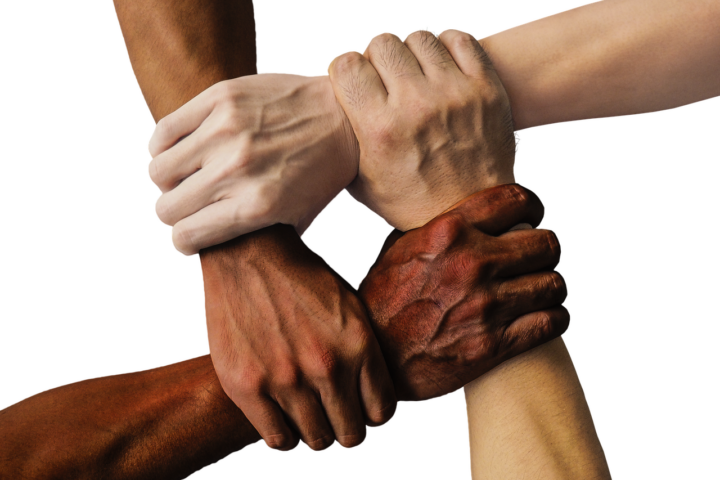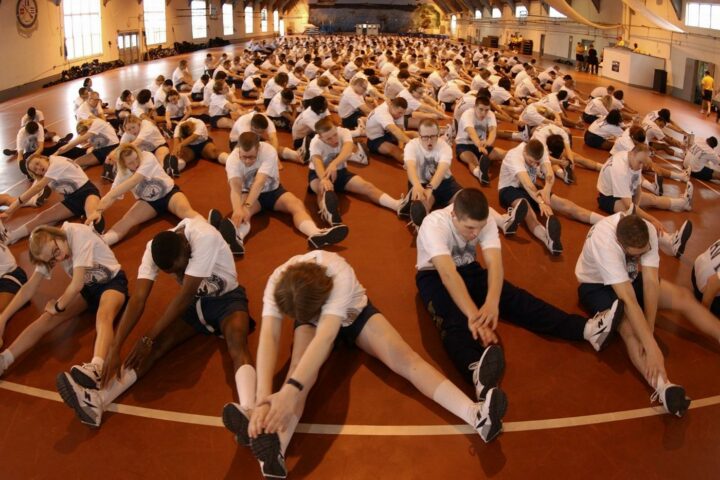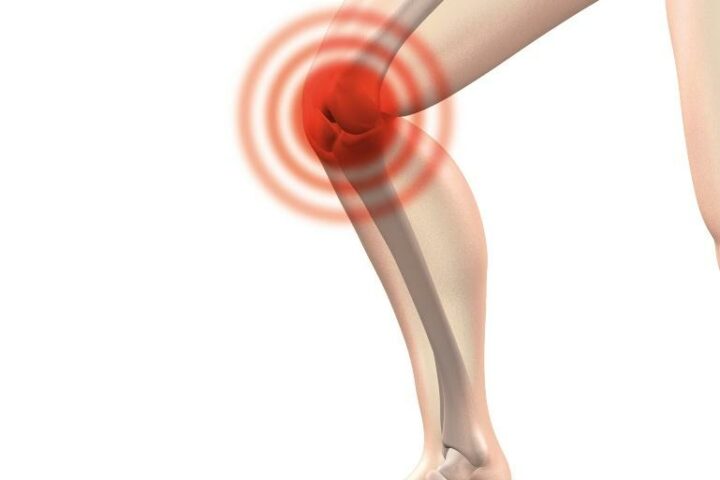I’m going to make a brief semantics statement before beginning this blog post. TMJ just stands for the jaw joint by your ear, whereas TMJD, or Temporomandibular Joint Disorder, represents dysfunction and pain in the TMJ. So what is TMJD and what could it represent? TMJD could be as simple as jaw pain while chewing or clicking in the jaw to headaches, neck pain, eye pain, ear pain, limited mouth range of motion, lockjaw, and much more. So what causes TMJD? There can be many factors involved, as the jaw is a complicated structure linked to both the head and the neck.
Let’s discuss some basics first. The jaw is a modified hinge joint containing an articular disc (similar to the meniscus in your knee) that’s involved in fa cial expression, chewing, swallowing, talking, and yawning. The joint sits directly in front of the ear. There are 4 main jaw muscles involved on each side. Externally you have the massater and the temporalis, involved in closing the jaw. Internally you have the medial and lateral pterygoid. These assist in side-to-side motion, and the lateral pterygoid is the only muscle of these 4 that is active during opening of the jaw. This muscle is also extremely important because it attaches directly to the articular disc and helps to maintain its position throughout movement. There is another group of muscles that we won’t get too deep into called the supra- and infra-hyoid muscles that connect the neck, jaw, skull, shoulder,and the hyoid bone, which is the free-floating bone in the front of your neck.
cial expression, chewing, swallowing, talking, and yawning. The joint sits directly in front of the ear. There are 4 main jaw muscles involved on each side. Externally you have the massater and the temporalis, involved in closing the jaw. Internally you have the medial and lateral pterygoid. These assist in side-to-side motion, and the lateral pterygoid is the only muscle of these 4 that is active during opening of the jaw. This muscle is also extremely important because it attaches directly to the articular disc and helps to maintain its position throughout movement. There is another group of muscles that we won’t get too deep into called the supra- and infra-hyoid muscles that connect the neck, jaw, skull, shoulder,and the hyoid bone, which is the free-floating bone in the front of your neck.
I bring all these muscles up to help better explain some of the common problems and treatments for TMJD. One significant cause of TMJD is asymmetrical activity of the jaw muscles. This may cause deviation of the jaw to the side during opening or closing. By allowing the jaw to deviate, it puts increased stress into the articular disc as well as the muscles, both of which can lead to pain. If the articular disc becomes too worn it can lead to osteoarthritis of the joint, similar to the meniscus in the knee. People who grind their teeth tend to have extreme tightness and trigger points in the muscles involved in closing the jaw. Sometimes this is just a bad habit, sometimes it’s brought on by stress, sometimes grinding teeth can also be a compensation during exercise (ever see those powerlifters who have to lift with a mouthguard?). Because many muscles involved in chewing and swallowing also attach to the head and upper cervical spine, dysfunction at these joints can also affect their function.
So what are your treatment options? If your bite is the problem, sometimes getting mouthguards or splints can help correct this. As movement therapists however we take a slightly different approach. By assessing motion of the TMJ and upper cervical spine, combined with assessment of the related musculature, we can pinpoint the problem areas. Gentle chiropractic manipulations can be used to correct the joint related issues, and the muscles of the jaw and neck respond incredibly well to techniques such as dry needling, graston, and trigger point release. Corrective exercises can be used to help strengthen the underactive muscles and restore normal motion to the jaw, thus reducing muscle tension and irritation to the articular disc. Sometimes stress reduction practices such as meditation or therapy can be beneficial for those with stress-induced teeth grinding. The good news is that TMJD is something that we deal with on a regular basis, and is not something you have to live with.
If you’re tired of dealing with TMJD call (703)-723-9355 to schedule an appointment with one of our Chiropractors, Physical Therapists, or Acupuncturists to start your journey towards living pain free.




